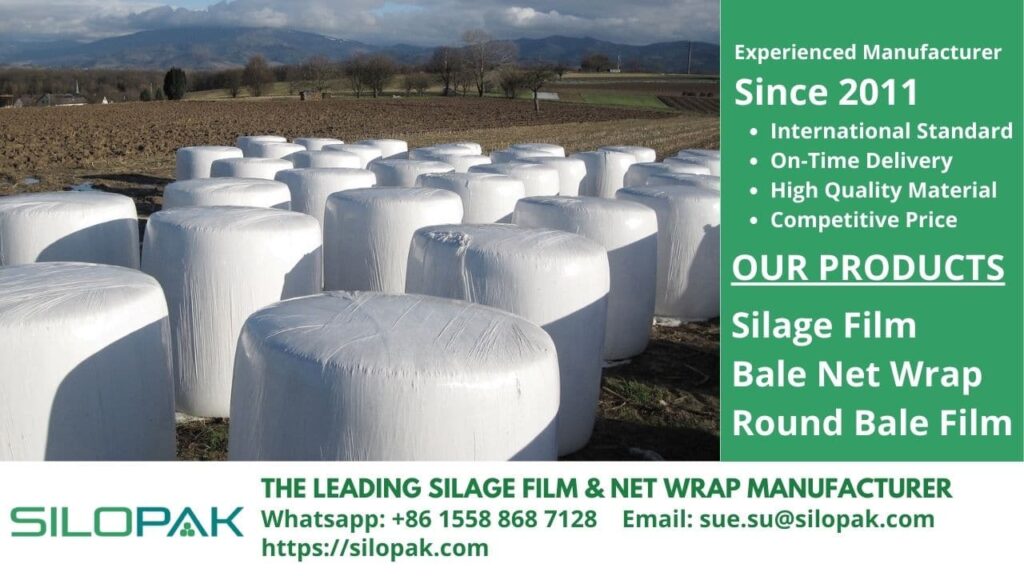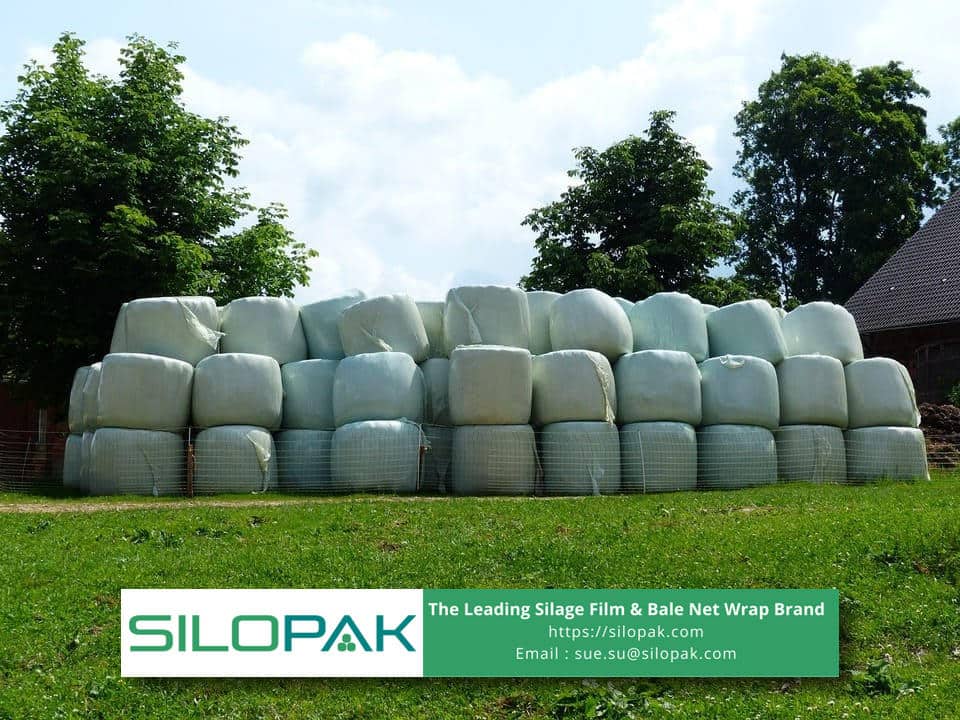
Eating fermented goods is truly advantageous for human beings. It helps with the digestive tract, along with a whole array of other positive values to enjoy. But did you know that fermented items are not only good for us humans? Cattle and other livestock can also enjoy the beneficial aspects of the consumption of fermented feed.
This, in turn, will affect us financially speaking and nutritional values-wise. Cattle and livestock fed with this kind of diet are noticeably healthier, further increasing their commercial worth. And to us who consume their meats, healthy produce a result in a healthier lifestyle by the end of the day.
Why Do You Need Fermented Goods for Your Cattle?
So how exactly does fermented feed affect cattle? Here are how:
- Food items are first fermented through and through. As such, they contain a sizeable amount of beneficial bacteria. Upon consumption by the animals, the microbial environment within the intestine of the animals in question is rearranged for the better. Plus, the food will be much easier to digest and absorb.
- The beneficial bacteria help strengthen the resistance against disease for the animals consuming it. With the resistance going up, the need for an antibiotic as well as other drugs goes down.
- Once the feed is done being digested and absorbed by the cattle’s intestine, the remains practically leave no smelly odor.
- Fermentation lengthens the shelf life of the feed. It does not spoil, suitable for prolonged storage.
- The by products left by the fermentation process are safe so they can be converted into more food for the cattle.
- Costs can be reduced at such a great rate. Purchase of feed lowers. Breeding costs are also affected in the process.
- Cattle fed with fermented goods produce excrement that is more suitable to be used in processing biogas.
So, it is clear now that feeding cattle and livestock with items that have been fermented in prior does indeed bring forth a lot of desirable outcomes to expect.
The Best Kind of Feed Requires the Best Kind of Packaging
One question about fermented feed remains, though. While fermentation does prolong the shelf life of said feed, it requires special care for the items to stay fresh. Proper handling, thus, becomes a prime.
So, how will you keep the products so that they can still be viable for a long time? Fermented goods, after all, will continue to ferment and subsequently spoil without the right kind of treatment. Well, that is where Silopak excels.
We know that fermented feed is beneficial for your cattle. We know that livestock thrives better with quality food. And we also know that happy cattle make happy farmers. So, what do we do? We provide you with quality packaging, one that helps preserve the nutritional values of the feed.

We also realize that there may be other parties out there offering similar products for you to use to handle your fermented feed. But can you mention one that has been widely trusted across many countries? This is a serious question. We make it our point to only serve you the best possible products so much so that what we have in store has been exported to many customers outside of where we are at this point.
What do we do so differently that makes us stand out among others? Well, sure, quality materials are what we pride ourselves on. It’d be impossible to stand where we have currently had it, not for the matter of high quality. But it takes more than just quality to win the heart of our customers.
We try our best to widen the range of product options based on specifications. Different specs bear different dimensions, so farmers and customers alike can choose a broad option for handling their fermented feed. See, to us, flexibility is one of the aspects of impeccable service.
By the end of the day, words can only explain so much. The true results can only be experienced directly. You are welcome to ask about our silage film, the best-fermented feed packaging. We will make sure that all of your concerns are taken care of in the most thorough way possible. Or you can just order some, see how they perform, and then let’s talk about everything else in between later on.

